Explore the Best AI Image Gallery

Beyond the Brush: How AI-Generated Visual Content is Transforming the Creative Landscape
The realm of visual creation has always been a domain of human ingenuity, where imagination takes shape through brushstrokes, digital pixels, or sculpted forms. However, a new era is dawning, one where artificial intelligence (AI) is stepping onto the creative canvas, generating breathtaking visuals that blur the lines between human and machine artistry.
AI-generated visual content, powered by sophisticated algorithms and vast datasets, has emerged as a transformative force, reshaping industries from advertising and entertainment to design and education. Its ability to produce high-quality images, videos, and even 3D models at an unprecedented speed and scale is opening up exciting possibilities for creators and businesses alike.
A World of Creative Applications
The applications of AI-generated visual content are as diverse as the human imagination itself:
- Advertising and Marketing: Personalized advertising campaigns, dynamic product visualizations, and captivating social media content can be generated instantly, allowing brands to engage with their audiences in novel ways.
- Entertainment: Imagine films with seamlessly rendered special effects, video games with hyper-realistic environments, and interactive storytelling experiences that adapt to user choices. AI is poised to revolutionize the entertainment landscape.
- Design and Architecture: Architects and designers can leverage AI to explore countless design iterations, generate 3D models of buildings and products, and visualize complex spatial concepts with unprecedented clarity.
- Education and Research: AI-generated visuals can bring learning to life, creating immersive simulations for scientific experiments, historical reconstructions, or artistic exploration.
The Ethical Dimensions of AI-Generated Art
While the potential benefits are undeniable, the rise of AI-generated visual content also raises important ethical considerations:
- Copyright and Ownership: When an AI creates a work of art, who owns the copyright? This legal grey area requires careful consideration as the lines between human and machine creativity become increasingly blurred.
- Bias and Representation: AI algorithms are trained on massive datasets, which may contain inherent biases that reflect societal prejudices. It is crucial to ensure that AI-generated content does not perpetuate harmful stereotypes or discriminate against certain groups.
- Authenticity and Trust: As AI becomes more sophisticated, it will become increasingly difficult to distinguish between human-created and AI-generated art. This raises questions about authenticity and the potential for deception in online spaces.
The Future of Creativity: A Symbiotic Relationship
Looking ahead, it is clear that AI-generated visual content will continue to evolve and reshape the creative landscape. Rather than replacing human artists, AI is more likely to become a powerful tool that augments their abilities, enabling them to explore new frontiers of expression and innovation.
The future of creativity lies in a symbiotic relationship between human imagination and AI technology. By embracing this partnership, we can unlock unprecedented possibilities for artistic expression, storytelling, and visual communication.
Artists will leverage AI to streamline tasks, generate novel concepts, and push the boundaries of their creative vision. Meanwhile, AI systems will learn from the nuances of human art, becoming increasingly adept at capturing the essence of emotion, beauty, and meaning in visual form.


](https://images.ai-img.art/thumbnails/150/685ae68cfab93a7e59a71206867b060c45bd6fd3cd561c4fe60fca514b09c5f8.webp)



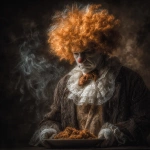
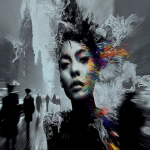

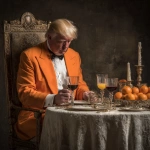
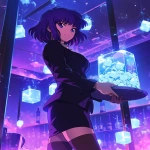
](https://images.ai-img.art/thumbnails/150/0ba0be922ab76af53f75ab90126ae2b18a600ee3b96941e8ab897a9f10594e5a.webp)


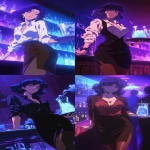

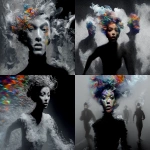


](https://images.ai-img.art/thumbnails/150/847809c77ca9a73b68bc190e6efb06fec87157685a243730d5a66a403b0e6e10.webp)
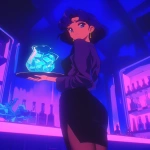
](https://images.ai-img.art/thumbnails/150/2ebdeb4f7db35100e5be5de9bc3e533a40d14e5feedefd7ffc586524a0f3ba8c.webp)
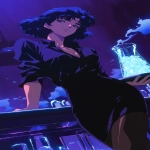


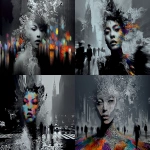
](https://images.ai-img.art/thumbnails/150/bd056a4718c27444e064198762f8dc8ffa1f74f1afd7dcda8d5cb8b142797d6e.webp)
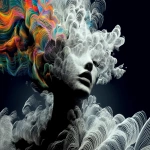


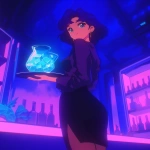


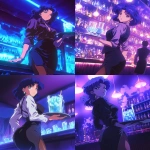
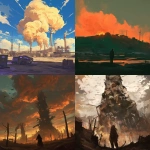


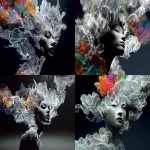







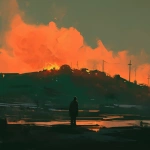
](https://images.ai-img.art/thumbnails/150/a3ed6513a6661aa3ee46e0c2924d1e8888854e91d8908de39db5590dc41f8d8f.webp)
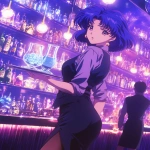
](https://images.ai-img.art/thumbnails/150/7cf5a08238f29c821f52bb4f63db48af0b7f633ff3b9f7253074d78ced9ff6f6.webp)
](https://images.ai-img.art/thumbnails/150/ff09e32d2be011c0dd785984c5c1e47839ce551a31da1bde242860b30df2aa30.webp)